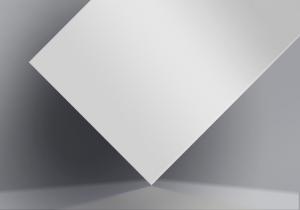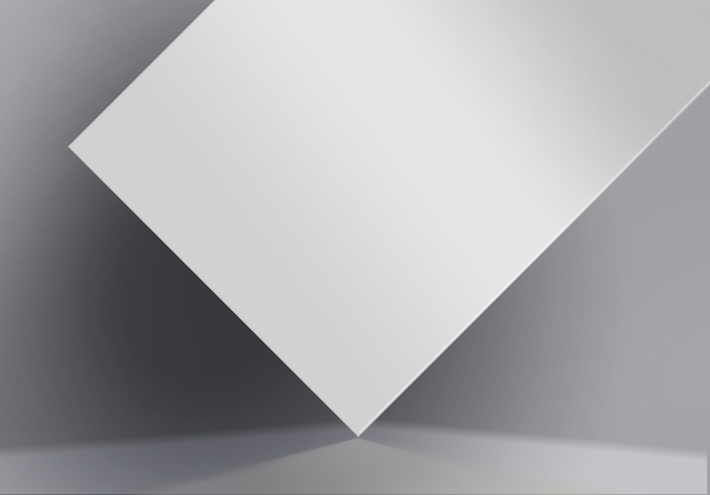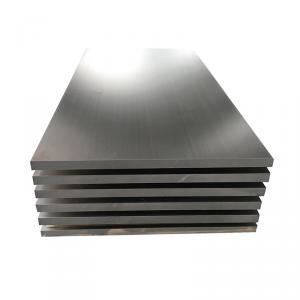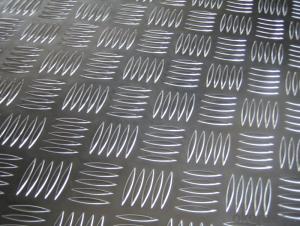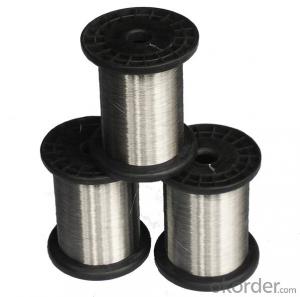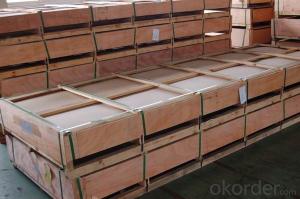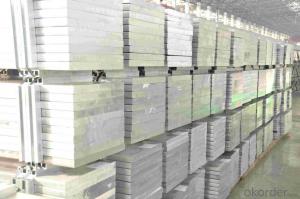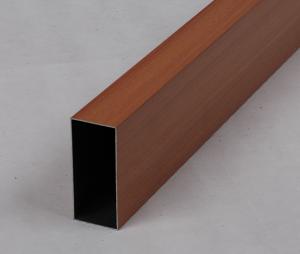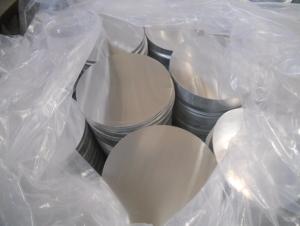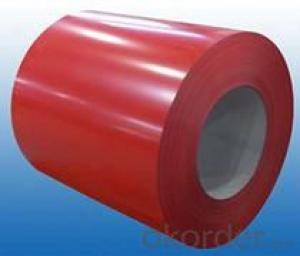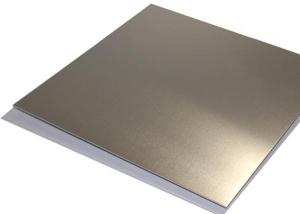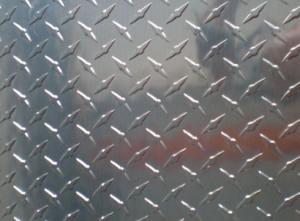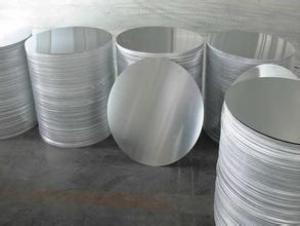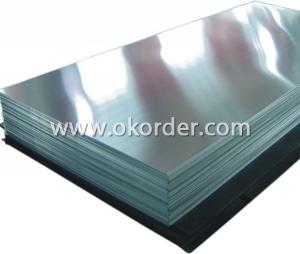Aluminum Zinc Color Coated Steel Sheet from China - Aluminum Sheets Menards
- Loading Port:
- Shanghai
- Payment Terms:
- TT or LC
- Min Order Qty:
- 5 m²
- Supply Capability:
- 9000 m²/month
OKorder Service Pledge
Quality Product, Order Online Tracking, Timely Delivery
OKorder Financial Service
Credit Rating, Credit Services, Credit Purchasing
You Might Also Like
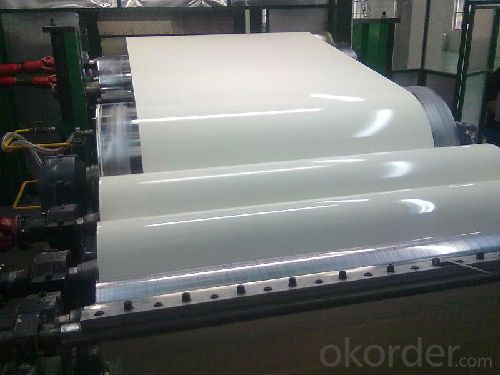
No. | Parameter | Description |
1. | Name | Aluminum-zinc-silicon coated sheet |
2. | Substrate | Cold rolled steel coils |
3. | Zinc-coating | 40g - 200g/m2 |
4. | Painting thickness | Top side:17-25um Back side:5-8um |
5. | Steel color | RAL color |
6. | Steel thickness | 0.12mm - 1.00mm |
7. | Material | SGCC/SGCH/DX51D+Z |
8. | Coil width | 900mm-1250mm |
9. | Coil weight | 3-6 tons |
10. | Coil ID | 508mm-610mm |
11. | Payment | T/T or L/C |
12. | Package | seaworthy standard export package |
13. | Shipment | shipped by 20 feet container, loading about 25 tons |

| Coating Characteristic table | ||||
| Item | Test Item | Standard | National standard | DF Test Result |
| 1 | Color Difference | ECCA T3 | Δ E≤ 2.0 | Δ E≤ 1.5 |
| 2 | Gloss Difference | ECCA T2 | ≤ 10 | ≤ 5 |
| 3 | Coating Thickness | ECCA T1 | Two layers Min 23um | ≥ 24um |
| Three layers Min 30um | ≥ 33um | |||
| 4 | Pencil Hardness | ASTM D3363 | ≥ HB | HB |
| 5 | T-bend | ASTM D4145 | ≤ 2T | ≤ 2T |
| 6 | Adhesion | ASTM D3359 | Grade 0 | Grade 0 |
| 7 | Impact | ASTM D2794 | ≥ 50 kg/cm | ≥ 50 kg/cm |
| 8 | Boiling water Resistance | GB/T17748 | 2h No Change | 4h No Change |
| 9 | Solvent Resistance | ASTM D2248 | 200 times paints remaining | 500 times no break |
| 10 | Acidity Resistance | ASTM D1308 | 5%HCL 24hrs no change | No change |
| 11 | Alkali Resistance | ASTM D1308 | 5%NaOH 24hrs no change color Δ E≤ 2.0 | No change |
| 12 | Nitric acid Resistance | AAMA620 | Δ E≤ 5.0 | Δ E≤ 5.0 |
| 13 | Oil Resistance | ASTM D1308 | 20# oil 24hrs no change | No change |
| 14 | Salt Spray Resistance | ASTM B117 | 4000hrs≤ Grade 1 | No change |
| 15 | Abrasion resistance | ASTM D968 | ≥ 5L/um | ≥ 5L/um |
| 16 | Dirt Resistance | GB/T9780 | ≤ 5% | < 5% |
| 17 | Color retaining | GB/T16259 | 4000 hrsΔ E≤ 4.0 | 4000 hrsΔ E≤ 3.0 |
| 18 | Gloss weaken Level | GB/T16259 | 4000 hrs ≤ Grade 2 | 4000 hrs ≤ Grade 2 |
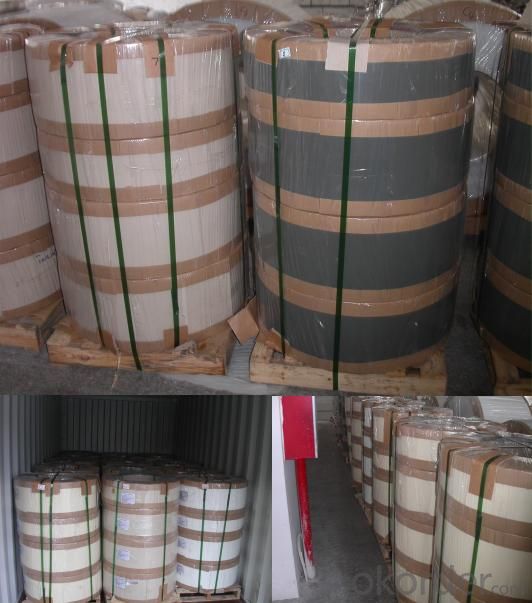
- Q: Can aluminum sheets be used for heat sinks?
- Yes, aluminum sheets can be used for heat sinks. Aluminum is a popular material for heat sinks due to its high thermal conductivity, lightweight nature, and affordability. It efficiently transfers heat away from electronic components or devices, helping to dissipate and regulate their temperature effectively.
- Q: What is the typical cost-effectiveness of aluminum sheets compared to other materials?
- Aluminum sheets are generally considered to be cost-effective compared to other materials. This is primarily due to their abundance, lightweight nature, and recyclability, which reduces production costs. Additionally, aluminum sheets offer a high strength-to-weight ratio, corrosion resistance, and durability, making them a popular choice across various industries. However, specific cost-effectiveness may vary depending on factors such as market demand, sheet thickness, and finishing requirements.
- Q: How does the surface treatment of aluminum sheet affect its appearance?
- The surface treatment of aluminum sheet can greatly affect its appearance. Different treatments such as anodizing, coating, or polishing can alter the texture, color, and shine of the aluminum surface. Anodizing can create a protective oxide layer while also providing a range of colors. Coatings can add a layer of paint or protective film, giving the aluminum a smooth or textured finish and providing various color options. Polishing can enhance the reflectivity of the aluminum, giving it a shiny and mirror-like appearance. Overall, the surface treatment plays a crucial role in determining the final look and visual appeal of the aluminum sheet.
- Q: Can aluminum sheet be used for heat sinks?
- Yes, aluminum sheet can be used for heat sinks. Aluminum has excellent thermal conductivity, making it a suitable material for dissipating heat. The sheet can be designed and fabricated into various shapes and sizes to effectively transfer and dissipate heat from electronic components or other heat-generating devices.
- Q: Can aluminum sheets be used for electrical busbars?
- Indeed, electrical busbars can utilize aluminum sheets. Aluminum possesses exceptional electrical and thermal conductivity attributes, making it an ideal material. Moreover, it boasts advantages such as being lightweight and cost-effective in comparison to copper and similar metals. Nevertheless, employing aluminum sheets for busbars necessitates certain considerations. Due to aluminum's higher resistance in comparison to copper, larger cross-sectional areas may be necessary to compensate for this discrepancy. Furthermore, it is vital to implement proper insulation and joint connections to prevent potential galvanic corrosion issues between the aluminum busbars and other metals within the electrical system. In summary, aluminum sheets can serve as a suitable choice for electrical busbars, but careful evaluation of the specific application requirements and design considerations is essential to ensure optimal performance and safety.
- Q: What is the composition of 101 aluminum sheets?
- The composition of 101 aluminum sheets typically consists of 99.5% pure aluminum with trace amounts of other elements such as iron and silicon.
- Q: What are the standard tolerances for aluminum sheets?
- The tolerances for aluminum sheets differ based on the specific industry and application. However, there are commonly accepted tolerances for aluminum sheets, such as thickness tolerances, flatness tolerances, and width and length tolerances. Thickness tolerances pertain to the allowable variation in the thickness of an aluminum sheet. The range of these tolerances depends on the grade and thickness of the sheet, and can be from +/- 0.005 inches to +/- 0.010 inches. Flatness tolerances specify the acceptable degree of flatness or deviation from a perfectly flat surface for an aluminum sheet. The range of flatness tolerances varies according to the application's specific requirements, and can be from a few thousandths of an inch to a few hundredths of an inch. Width and length tolerances define the allowable variation in the dimensions of an aluminum sheet. These tolerances can be expressed as +/- inches or as a percentage of the sheet's width or length. Generally, width and length tolerances for aluminum sheets fall within the range of +/- 0.25 to +/- 0.50 inches. It is important to note that these standard tolerances are subject to change and may differ depending on the specific industry, customer requirements, and the manufacturer's capabilities. Therefore, it is advisable to consult the manufacturer or industry-specific standards to determine the exact tolerances for aluminum sheets in a particular application.
- Q: How do aluminum sheets perform in terms of electrical insulation?
- Aluminum sheets have poor electrical insulation properties as they are highly conductive materials.
- Q: My new home has a mix of copper and aluminum wiring. My mother used a shop vac in one of the recepticles last week and blew two of them in my bedroom. Then this weekend my brother was replacing my exhaust fan in the bathroom and that proceeded to blow the entire bedroom and bathroom including ceiling fans, lights and all recepticles. Does anyone have any ideas?
- You said new home. Aluminum hasn't been used in house wiring for many years. It is now only used for the main service wires coming in to the panel. Shop vacs can trip 15 amp bedroom circuits. I think you need to call in an electrician if your dad reset all the breakers. Have him do the exhaust fan too. Let your brother help mom with the cleaning. Forget about doing your own wiring or replacing things yourself. Hire an electrician. The firefighters will thank you.
- Q: How do you clean aluminum sheets?
- To clean aluminum sheets, you can start by rinsing them with water to remove any loose dirt or debris. Then, create a mixture of mild dish soap and warm water. Use a soft cloth or sponge to gently scrub the aluminum sheets with the soapy solution. Avoid using abrasive cleaners or scrub brushes, as they can scratch the surface of the sheets. Once you've thoroughly cleaned the sheets, rinse them again with water and dry them with a clean towel or cloth.
Send your message to us
Aluminum Zinc Color Coated Steel Sheet from China - Aluminum Sheets Menards
- Loading Port:
- Shanghai
- Payment Terms:
- TT or LC
- Min Order Qty:
- 5 m²
- Supply Capability:
- 9000 m²/month
OKorder Service Pledge
Quality Product, Order Online Tracking, Timely Delivery
OKorder Financial Service
Credit Rating, Credit Services, Credit Purchasing
Similar products
Hot products
Hot Searches
Related keywords
